18 GPTs for Public Administration Powered by AI for Free of 2025
AI GPTs for Public Administration refer to a specialized application of Generative Pre-trained Transformers technology tailored for the public sector's unique needs. These tools leverage advanced machine learning algorithms to understand, generate, and process natural language, facilitating a wide range of tasks from automating documentation to analyzing public feedback. Their design caters specifically to the challenges and requirements of public administration, offering solutions that streamline operations, enhance citizen engagement, and support decision-making processes.
Top 10 GPTs for Public Administration are: LGPD,Ley Omnibus de Argentina,Decreto 70 y Bases para la Libertad,公务员面试答题,Vivre avec l'IA,Ley Libertad,Codul Administrativ,Ley de Bases y Puntos de Partida para la Libertad,Heritage Foundation - Mandate for Leadership 2025,Bureau Bot
LGPD
Empower your data privacy with AI
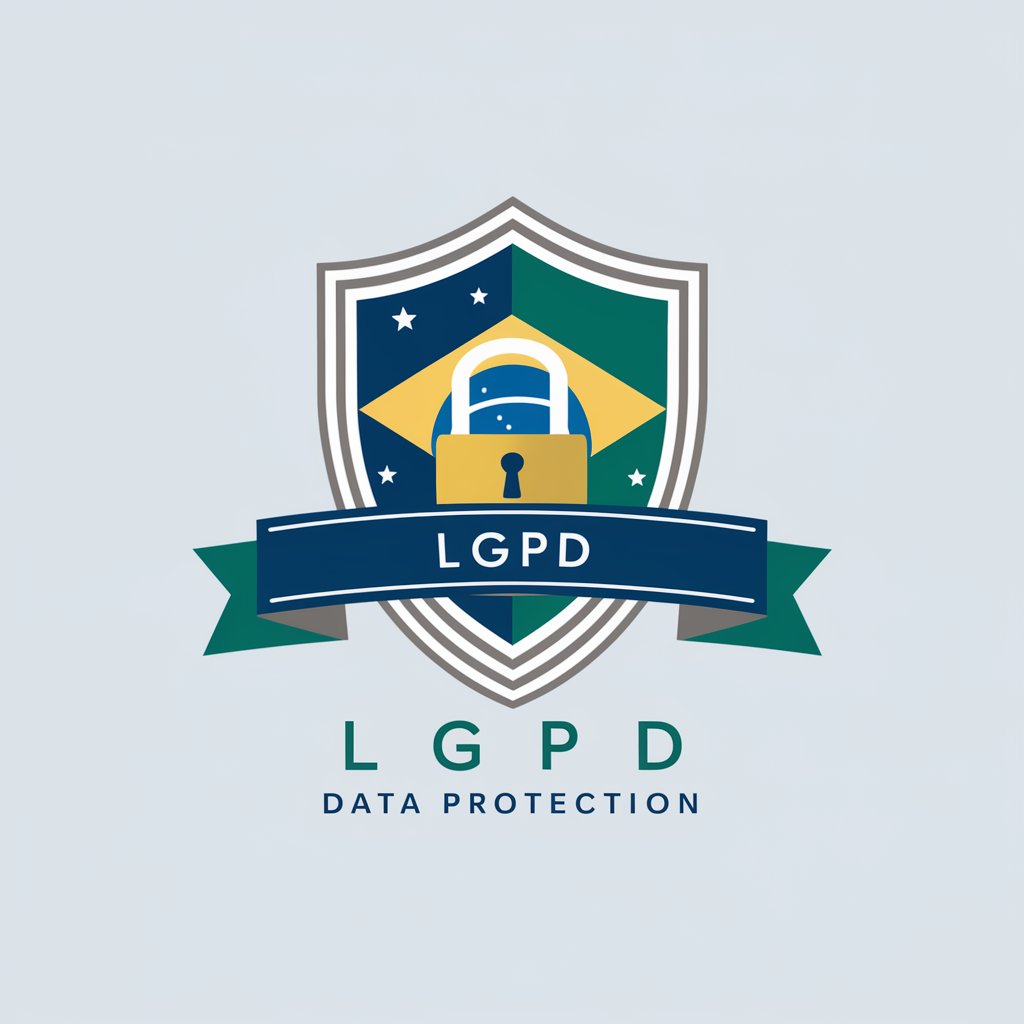
Ley Omnibus de Argentina
Empowering economic freedom with AI

Decreto 70 y Bases para la Libertad
Navigating Argentine Legislation with AI

公务员面试答题
Empowering your civil service journey with AI.

Vivre avec l'IA
Crafting Tomorrow's Policies with AI
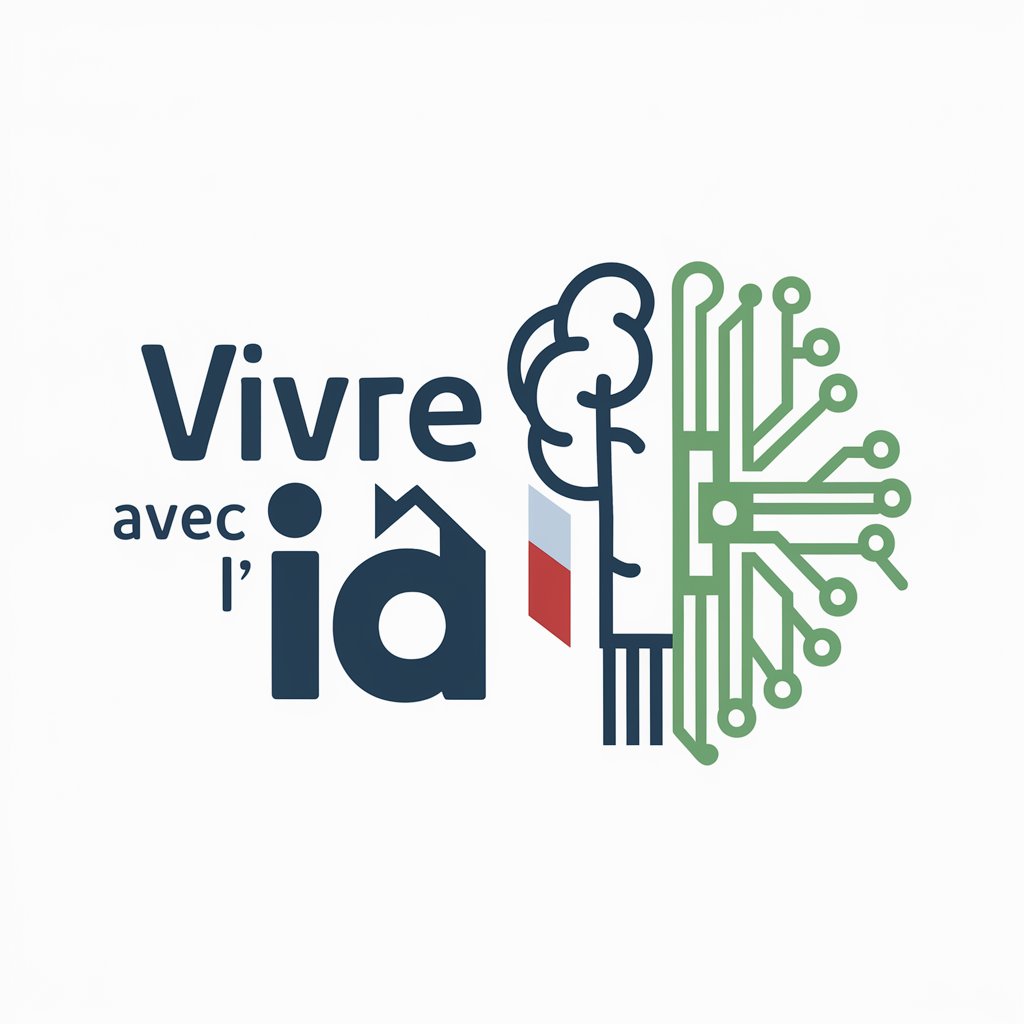
Ley Libertad
Navigating Argentine law with AI
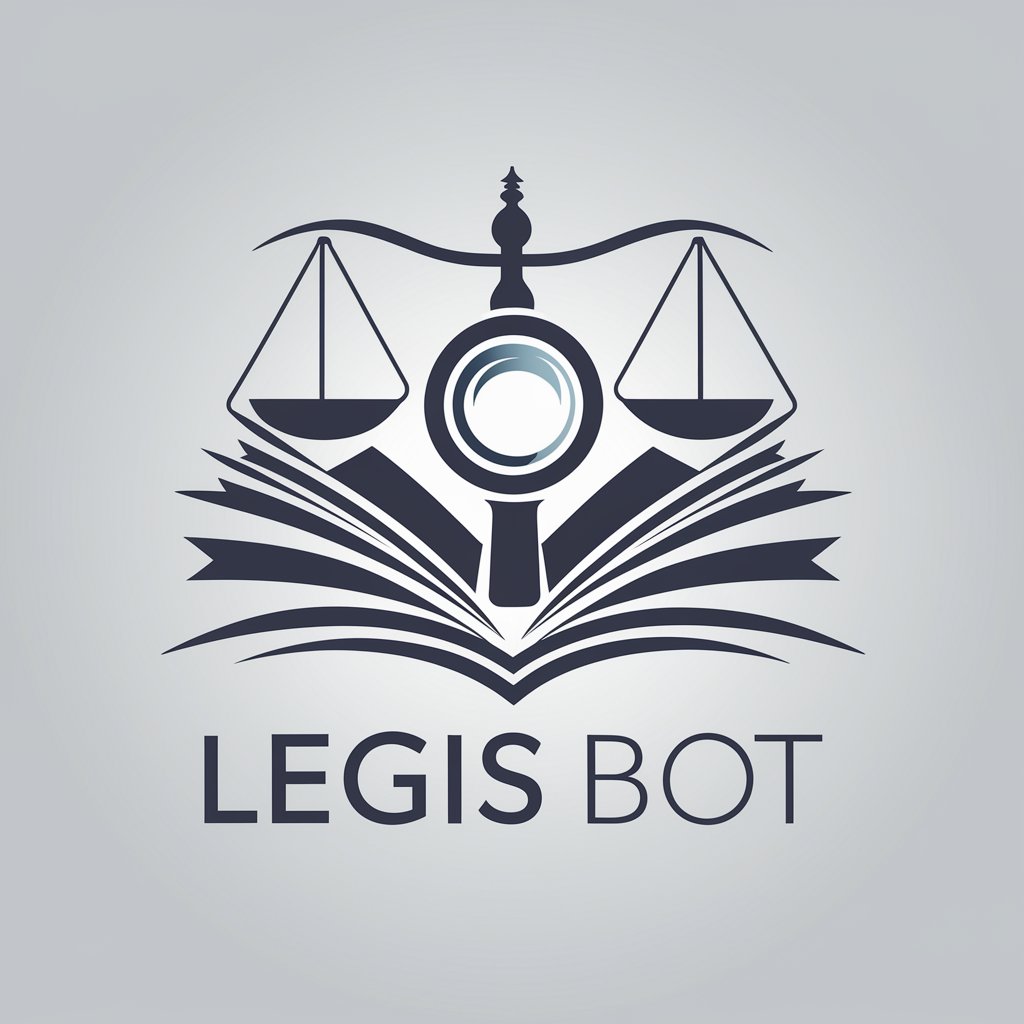
Codul Administrativ
Demystifying Romanian Administrative Law with AI
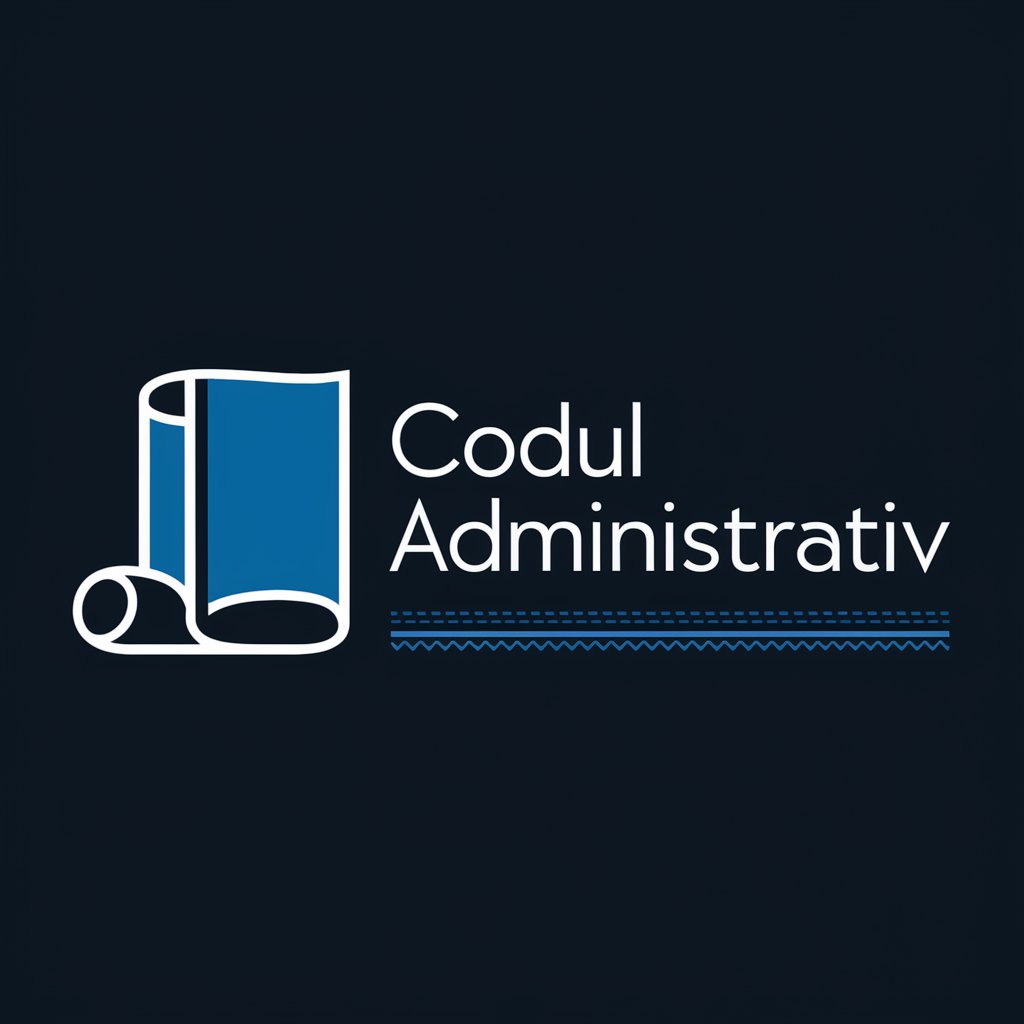
Ley de Bases y Puntos de Partida para la Libertad
Demystifying Argentina's Legislative Framework
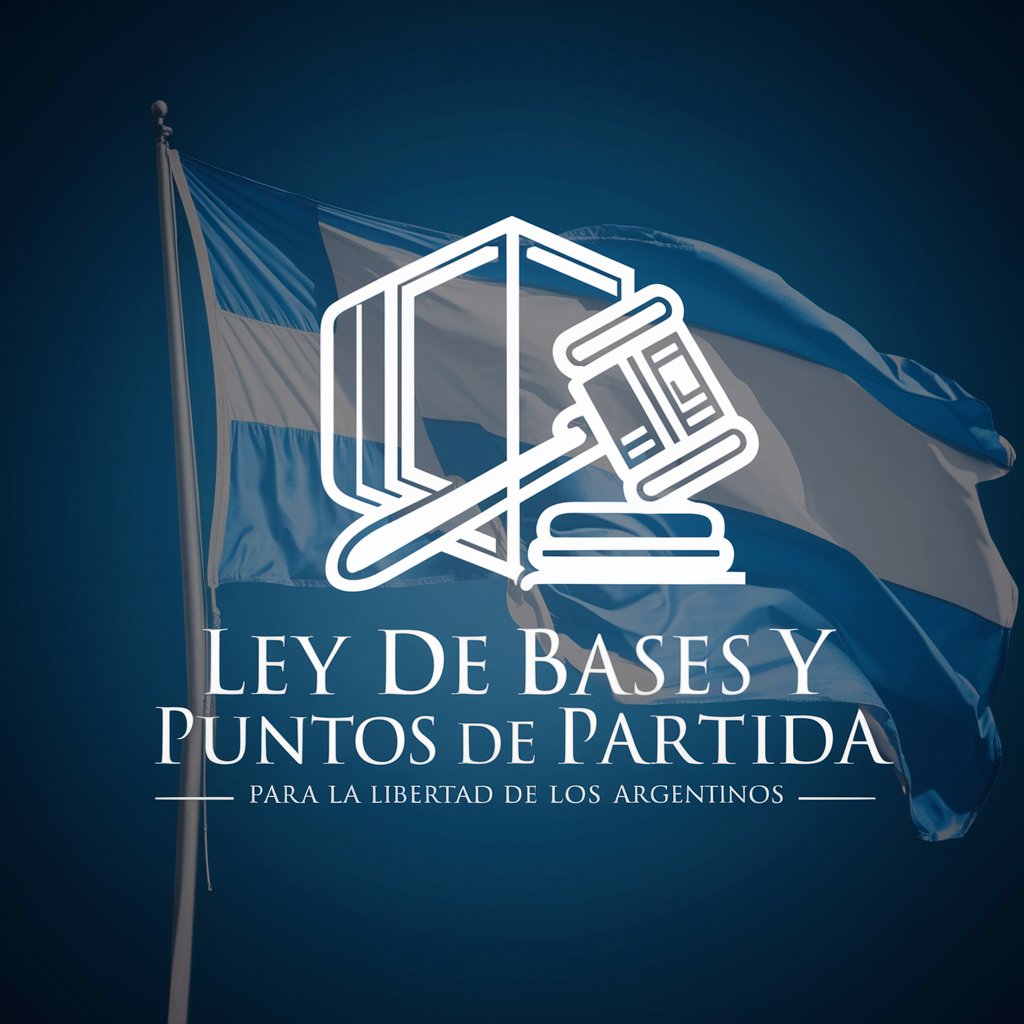
Heritage Foundation - Mandate for Leadership 2025
Guiding conservative policy and governance with AI precision.

Bureau Bot
Navigating bureaucracy, powered by AI
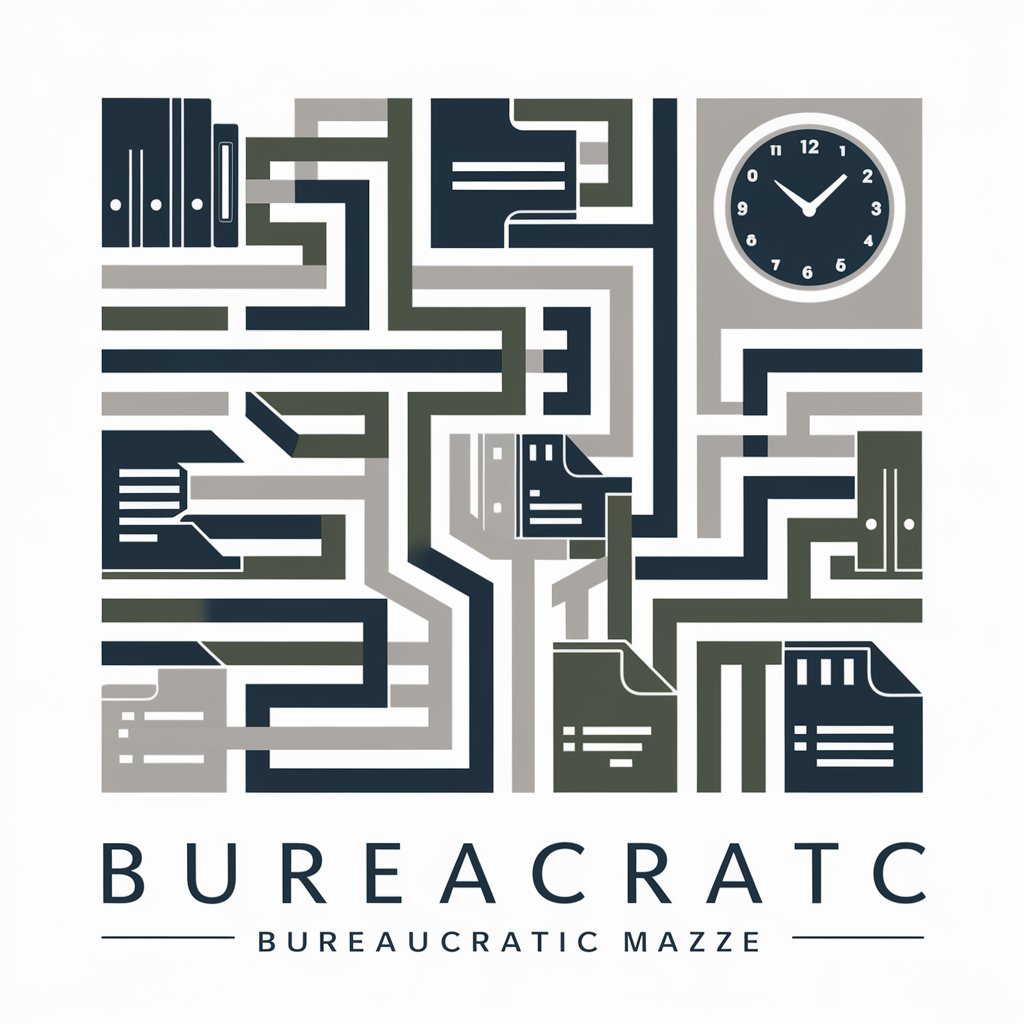
INVENTE
Empowering public sector knowledge with AI.
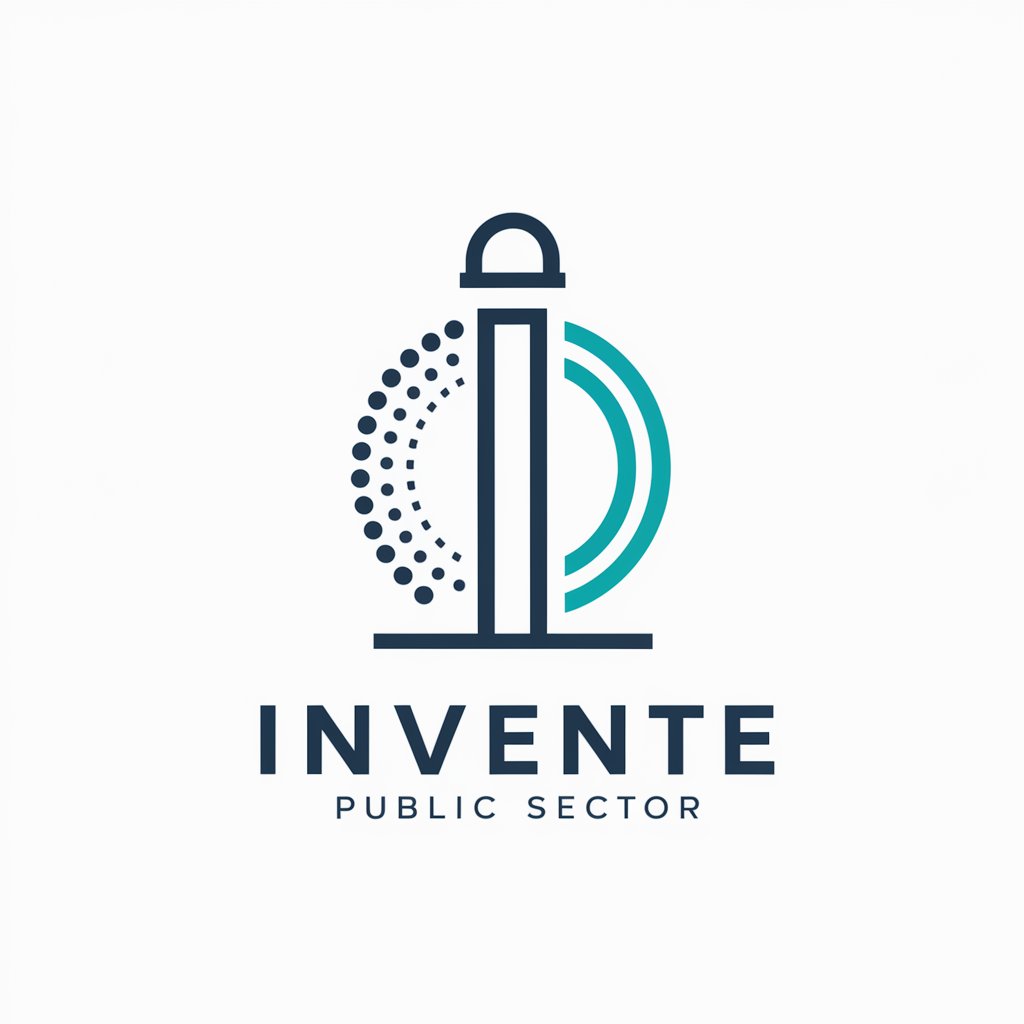
Fiscal Sage
Empowering Fiscal Decisions with AI
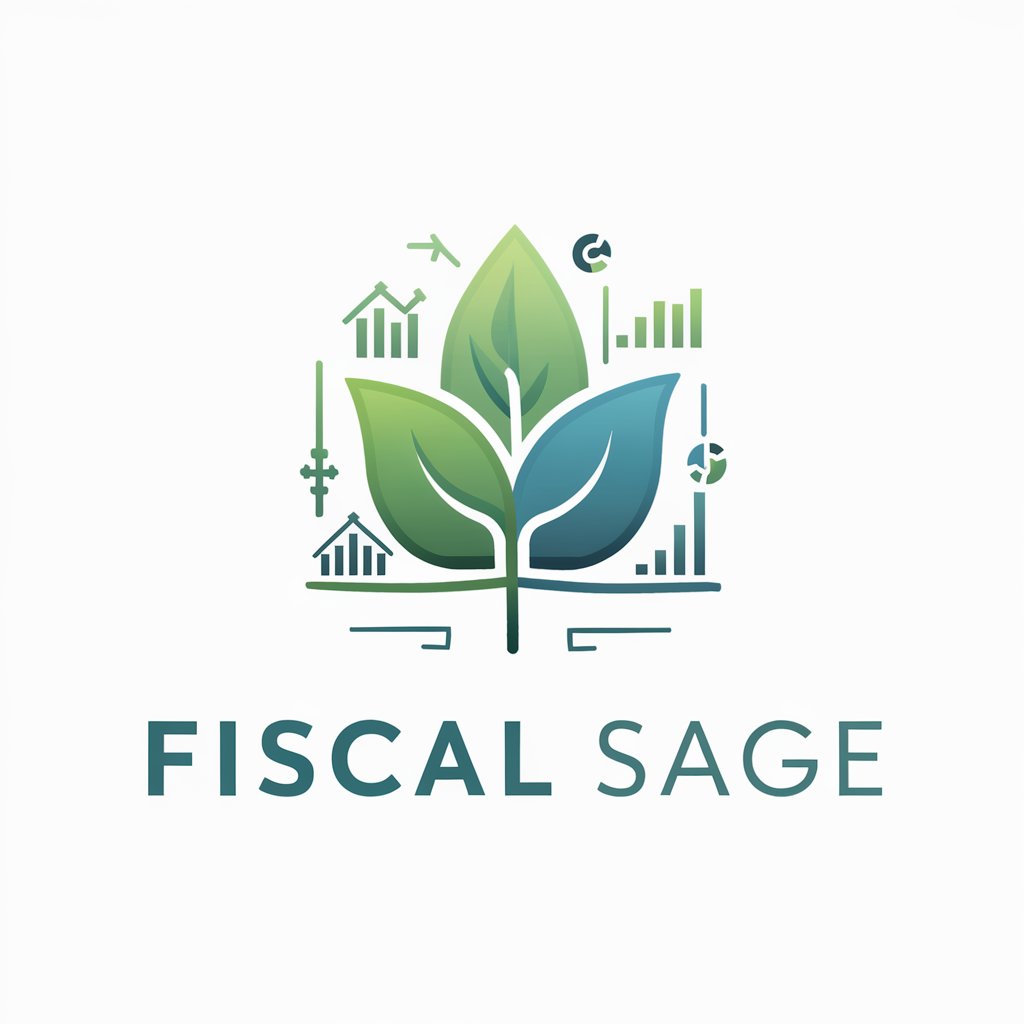
StatsbudsjettetGPT
Unveil Norway's 2024 Budget
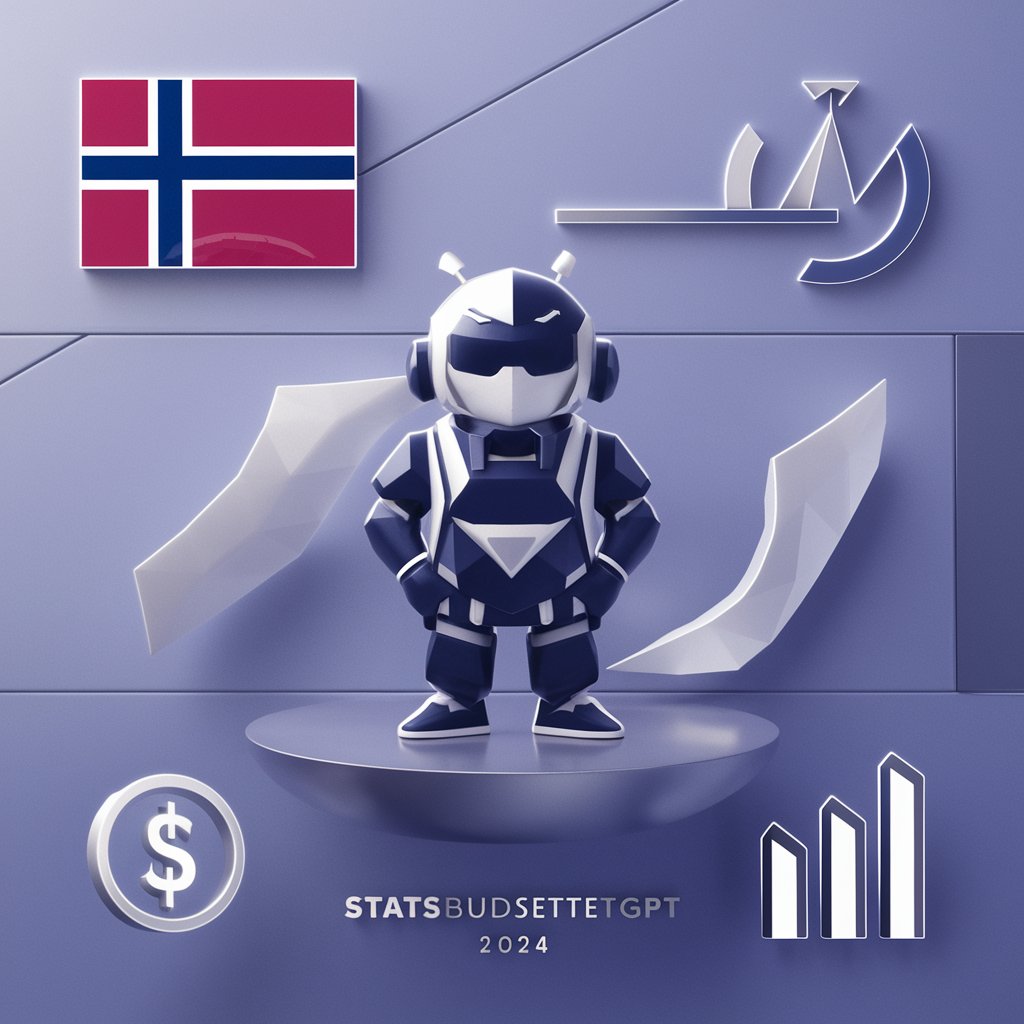
Creador d'Ordenances de Preus
AI-powered legal ordinance drafting tool

NaMo GPT
Your AI guide to Modi's initiatives

Experto Ontologia Padron
Harness AI to explore municipal registries
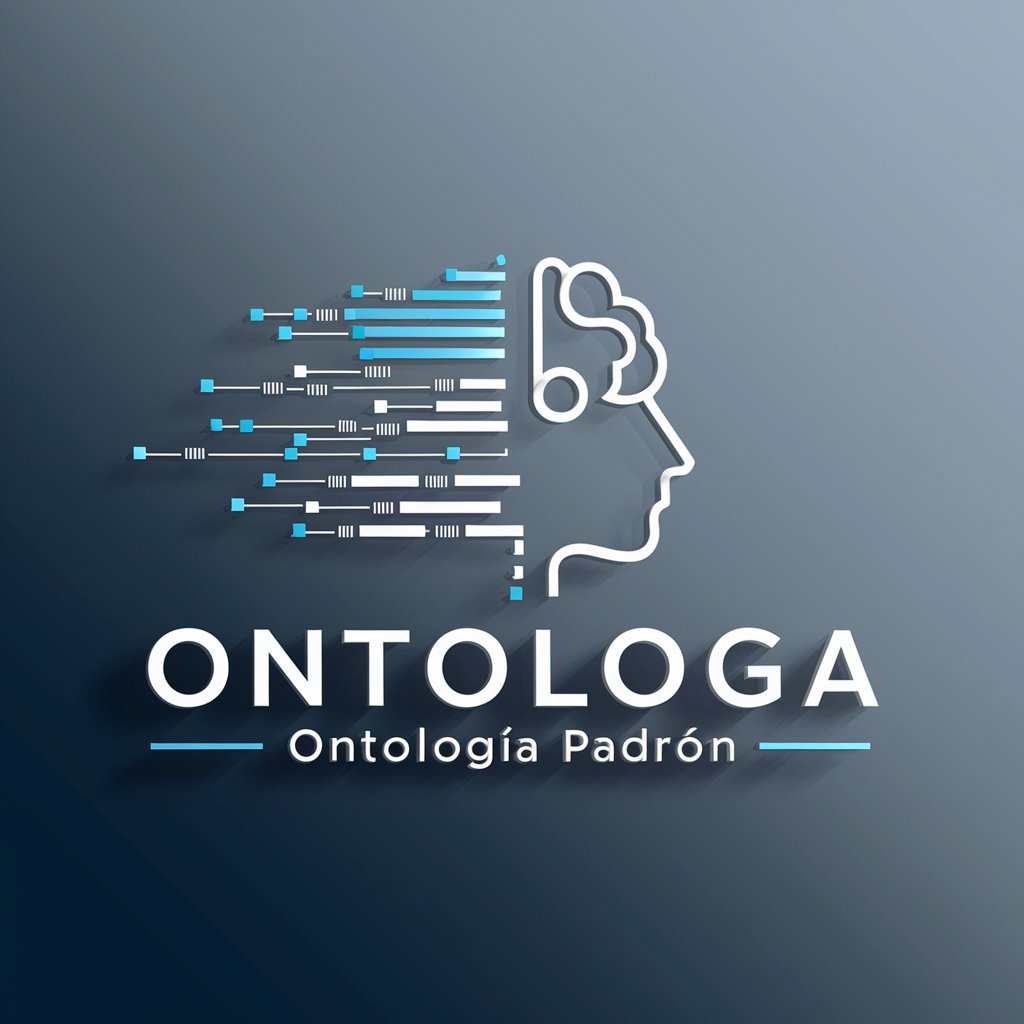
Civic Scribe
Automate Legal Compliance with AI
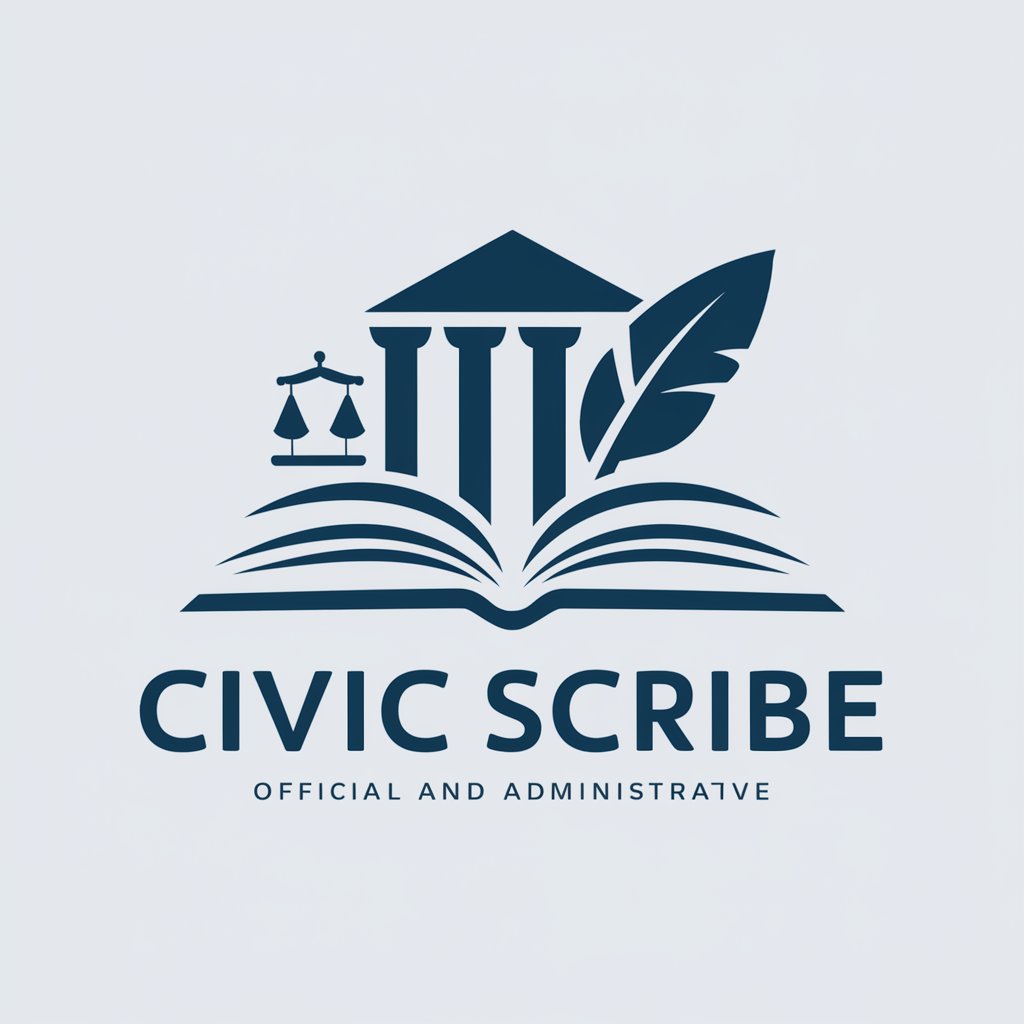
Toronto City Council Guide
Empower Your Civic Knowledge with AI
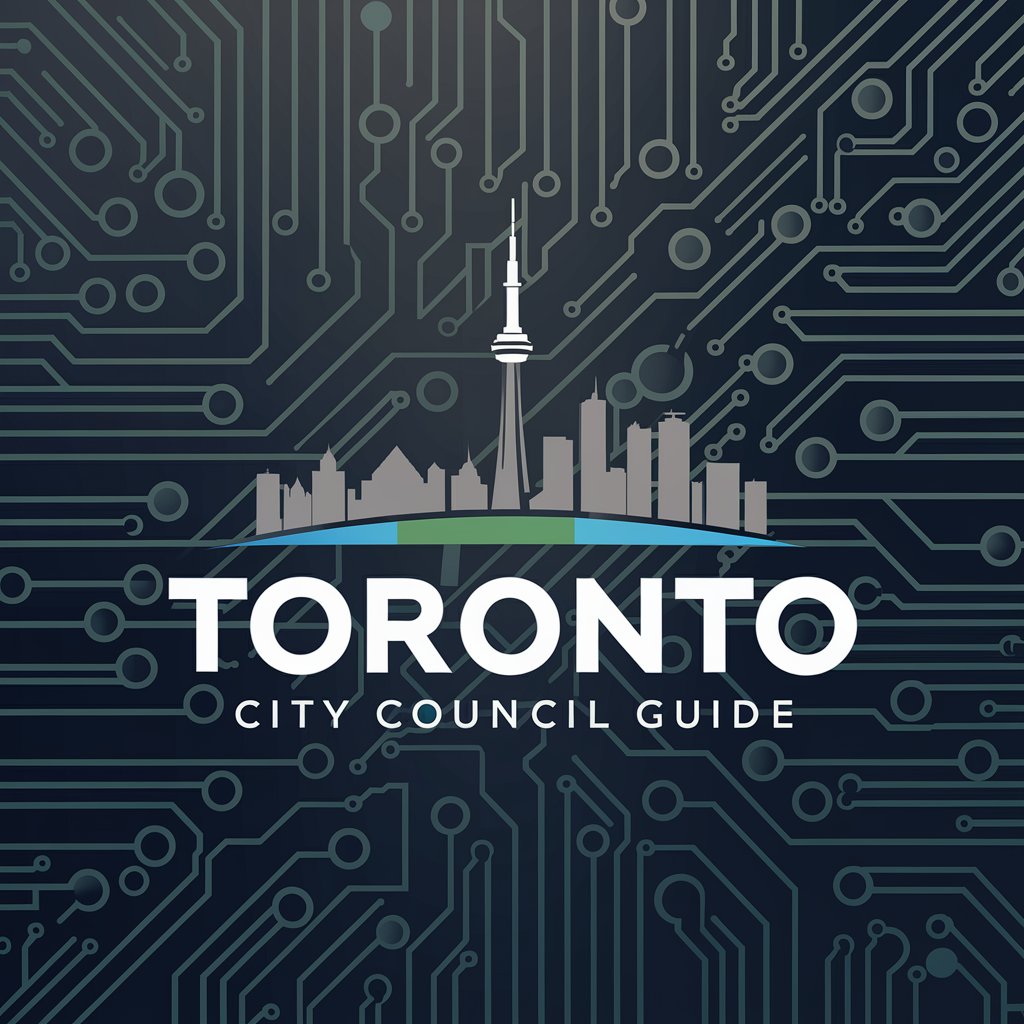
Key Attributes of Public Administration AI Tools
AI GPTs for Public Administration exhibit unique features tailored to the sector's needs, including adaptable language processing for diverse public documents, technical support for non-technical users, and advanced data analysis capabilities. These tools are designed to handle the complexity of public sector work, from drafting policy documents to analyzing public feedback. Special features include web searching for gathering public data, image creation for digital content, and customizable modules for specific administrative tasks.
Who Benefits from Public Administration AI?
These AI tools serve a broad audience within the public sector, including administrative staff, policy makers, and IT professionals. They are accessible to novices, offering user-friendly interfaces and automated tasks without the need for coding skills. Simultaneously, developers and tech-savvy professionals can customize these tools for more complex functions, making them versatile assets in public administration.
Try Our other AI GPTs tools for Free
Coop Design
Discover how AI GPTs revolutionize coop design with adaptable, user-friendly tools tailored for cooperative planning, visualization, and management.
Feeding Strategy
Discover how AI GPTs revolutionize feeding strategies with personalized, data-driven recommendations for optimal nutrition and dietary management.
Egg Production
Discover how AI GPTs revolutionize egg production with predictive analytics, real-time monitoring, and tailored solutions, enhancing efficiency and sustainability.
Trivia Master
Discover AI-powered Trivia Master tools, designed to create engaging, informative, and up-to-date trivia content for enthusiasts and developers alike.
Movie Recommender
Discover tailored movie recommendations with our advanced AI tools, designed to understand your preferences and uncover films you'll love.
Music Selector
Discover how AI GPTs for Music Selector can transform your music listening experience with personalized playlists and recommendations tailored to your taste.
Enhancing Public Services with AI
AI GPTs function as customizable solutions across different public administration sectors, offering interfaces that non-technical users find easy to use and integrate with existing workflows. Their adaptability and advanced capabilities enable public services to be more responsive, efficient, and tailored to citizen needs.
Frequently Asked Questions
What are AI GPTs for Public Administration?
AI GPTs for Public Administration are advanced AI tools designed to support the public sector's unique needs, utilizing natural language processing to automate and enhance administrative tasks.
How do these tools improve public sector work?
They streamline operations, improve engagement through personalized communication, and support data-driven decision-making by analyzing large volumes of public feedback and documents.
Can non-technical staff use these AI tools?
Yes, these tools are designed with user-friendly interfaces that require no prior coding knowledge, making them accessible to all staff levels.
Are there customization options for technical users?
Absolutely. Developers and IT professionals can access advanced features and APIs to tailor the tools to specific administrative tasks or integrate them into existing systems.
What kind of tasks can these AI tools perform?
Tasks range from drafting and summarizing documents, analyzing public feedback, generating reports, to automating routine inquiries and responses.
How do AI GPTs handle sensitive information?
These tools are designed with security and privacy in mind, ensuring that sensitive information is processed and stored in compliance with data protection regulations.
Can these tools integrate with existing public administration systems?
Yes, they are designed to be compatible with existing systems, allowing for seamless integration and workflow enhancement.
What makes AI GPTs stand out in public administration?
Their ability to process and analyze language with human-like understanding allows for unprecedented efficiency and insight into public needs and feedback.